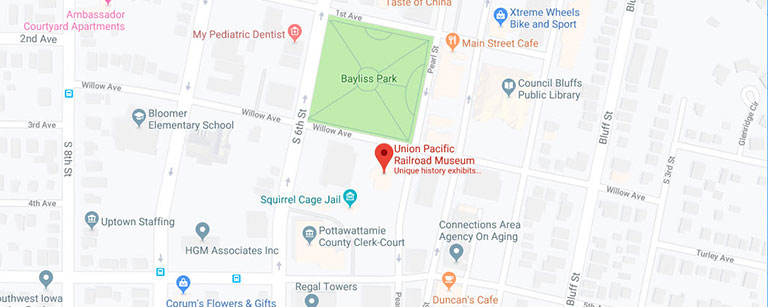Law and Order on the Railroad
American policing developed as an enterprise designed to protect the interests of those in power and punish or control the rest. In early America, police forces advanced differently in northern and southern states. Early police in northern cities operated as enforcers for competing political machines; graft and corruption were often the norm. Commonly, when a new administration came to power, the entire police department was replaced. In addition, ‘Big Business’ often hired local police as an armed unit to break labor strikes, usually with deadly force. In fact, in 1897, when an association of police officers petitioned to join the American Federation of Labor (AFL), they were rejected because, the AFL said, the police were “controlled by forces inimical to the labor movement.”
In southern states, policing originated to guarantee white supremacy. The first policemen were the slave patrols. Formed to control the movements of Black people, these patrols utilized intimidation and ruthless violence. Following the Civil War, the patrols developed into formal police departments. And, since formerly enslaved people were now free to move about as they wished, Southern police forces regarded monitoring and limiting that movement as one of their primary duties.
Formal, professional police forces—like those existing today—started to appear in the 1930s. Before that, especially in the west, policing was largely an ad hoc, vigilante endeavor. Even officials such as town sheriffs were locally elected or appointed; most were not law enforcement officers by trade or training. In several cases, they were railroad workers, which mattered during labor disputes and strikes.

Allan Pinkerton, a Scottish immigrant, started his new life in America as a barrel-maker but soon became interested in law enforcement. He served as an elected Sheriff and a special agent with the United States Postal Service before starting his first-of-its-kind detective agency in 1850. As business prospered, Pinkerton’s agents were often used by the railroads to investigate losses and criminal activity. Then, in 1867, Pinkerton published “Tests on Passenger Conductors,” which claimed that rampant theft of train fares by passenger conductors was cutting into earnings. This pamphlet was an effective advertisement for the employee surveillance services Pinkerton offered. Soon, the railroads asked Pinkerton to extend this surveillance until it included monitoring employee discontent, feelings about management, and labor organizing.
One of Pinkerton’s most famous cases occurred in 1861, when his agent Kate Warne was protecting President Abraham Lincoln on his journey to Washington D.C. for the inauguration. Hearing of a plot to assassinate Lincoln as he switched trains in Baltimore, Warne infiltrated the group of conspirators and prevented the President’s murder.
Allen Pinkerton and his agency pioneered innovative approaches—such as investigative techniques and undercover operations-- soon adopted by railroad police and civil law enforcement agencies that continue to be used today. The agency itself is still in business, providing investigative services and protection around the world.
Stop by the museum and learn more about the advancements of detective techniques, the evolution of law enforcement on the railroad, and Special Agents in the modern age in 'Law and Order on the Railroad.'

